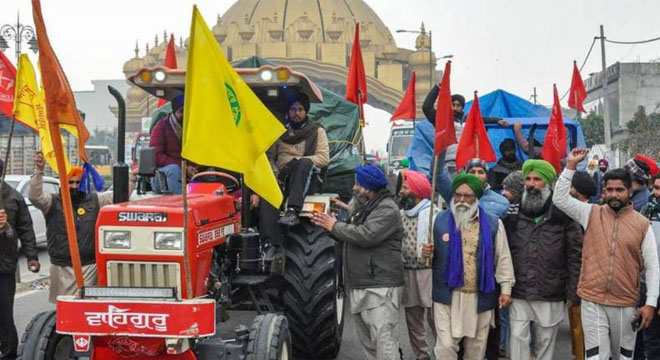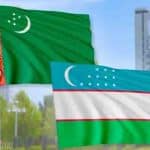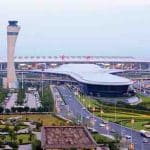The Indian capital on Wednesday turned into a war zone with large number of police regiments controlling order along with other law enforcement agencies to ensure the maintenance of peace after the violent clashes with protesting farmers who occupied New Delhi’s Red Fort and hoisted Khalistan flag.
Red Fort on India’s Republic Day, got attacked by thousands of farmers on Wednesday who reached outside the capital after two-month prolonged campaign on the dead protester and more than 80 police officers injured.
The repeal demand of the protesters on new agricultural laws have grown into a rebellion that is rattling Prime Minister Narendra Modi’s government.
On Tuesday, more than 10,000 tractors and thousands more people on foot or horseback tried to advance into the capital, surrounding the barricades and buses blocking their path and at times met by police using tear gas and water cannons.
Their brief takeover of the 17th century fort, which was the palace of Mughal emperors, played out live Indian news channels.
The farmers, some carrying ceremonial swords, ropes and sticks, overwhelmed police. In a profoundly symbolic challenge to Modi’s Hindu-nationalist government, the protesters who stormed Red Fort hoisted a Sikh religious flag.
“The situation is normal now. The protesters have left the streets of the capital,″ New Delhi police officer Anto Alphonse said on Wednesday morning.
Most of the roads on New Delhi roads were reopened to vehicles by midnight on Tuesday, hours after the protest organiser, Samyukt Kisan Morcha, or United Farmers’ Front, called off the tractor march and accused two outside groups of sabotage by infiltrating their otherwise peaceful movement.
“Even if it was a sabotage, we can’t escape responsibility,” said Yogendra Yadav, a protest leader.
He did not highlight whether the protesters will go ahead with another march planned for Feb 1 when the Modi government is scheduled to present the annual budget in parliament.
Yadav said frustration had built up among the protesting farmers and “how do you control it if the government is not serious about what they have been demanding for two months”.
The authorities shut some metro train stations, and mobile internet service was suspended in some parts of the capital, a frequent tactic of the government to thwart protests.
The farmers, many of them Sikhs from Punjab and Haryana states, tried hard to march into New Delhi in November but were abandoned by police.
Since then, worried by the harsh winter cold and frequent rains, they have halted down at the edge of the city and pressurised to besiege it if the farm laws are not repealed.
Neeraja Choudhury, a political analyst, said the government failed to anticipate what was coming and prepare for it appropriately. “If the farmers are agitated overall India, you can’t dismiss the protests as some opposition inciting the farmers.”
The police statement said 86 personnel injured in clashes with farmers. Many of them jumped into a deep dry drain in the fort area to escape the protesters who outnumbered them at several places.
Police said one protester died after his tractor overturned, but farmers said he was shot. Several bloodied protesters could be seen in television footage.
Police said the protesting farmers broke away from the approved protest routes and resorted to “violence and vandalism”.
According to the details, eight buses and 17 private vehicles were damaged, said police, who filed four cases over vandalism against the protesters.
The government insists the agricultural laws passed by parliament in September will benefit farmers and boost production through private investment.
But the farmers fear it will turn agricultural corporate and leave them behind. The government has offered to suspend the laws for 18 months, but the farmers want nothing less than a full repeal.
Since returning to power for a second term, Modi’s government has been rocked by several convulsions.
Moreover, the pandemic sent India’s already-teetering economy into its first-ever recession, social strife has widened and his government has been questioned over its response to the coronavirus pandemic.
In 2019, the year that witnessed the first major protests against his administration, a diverse coalition of groups rallied against a contentious new citizenship law that they said discriminated against Muslims.
“The government on the national security front has failed. I think this government seems to be quite blinkered on the kind of security challenges that it is creating for itself by alienating minority communities, Muslims and Sikhs,” said Arti Jerath, a political analyst.
India is majorly occupied by Hindu while Muslims include 14 percent with Sikhs nearly 2pc of 1.4 billion of its population.
Follow the PNI Facebook page for the latest news and updates.








